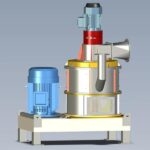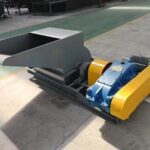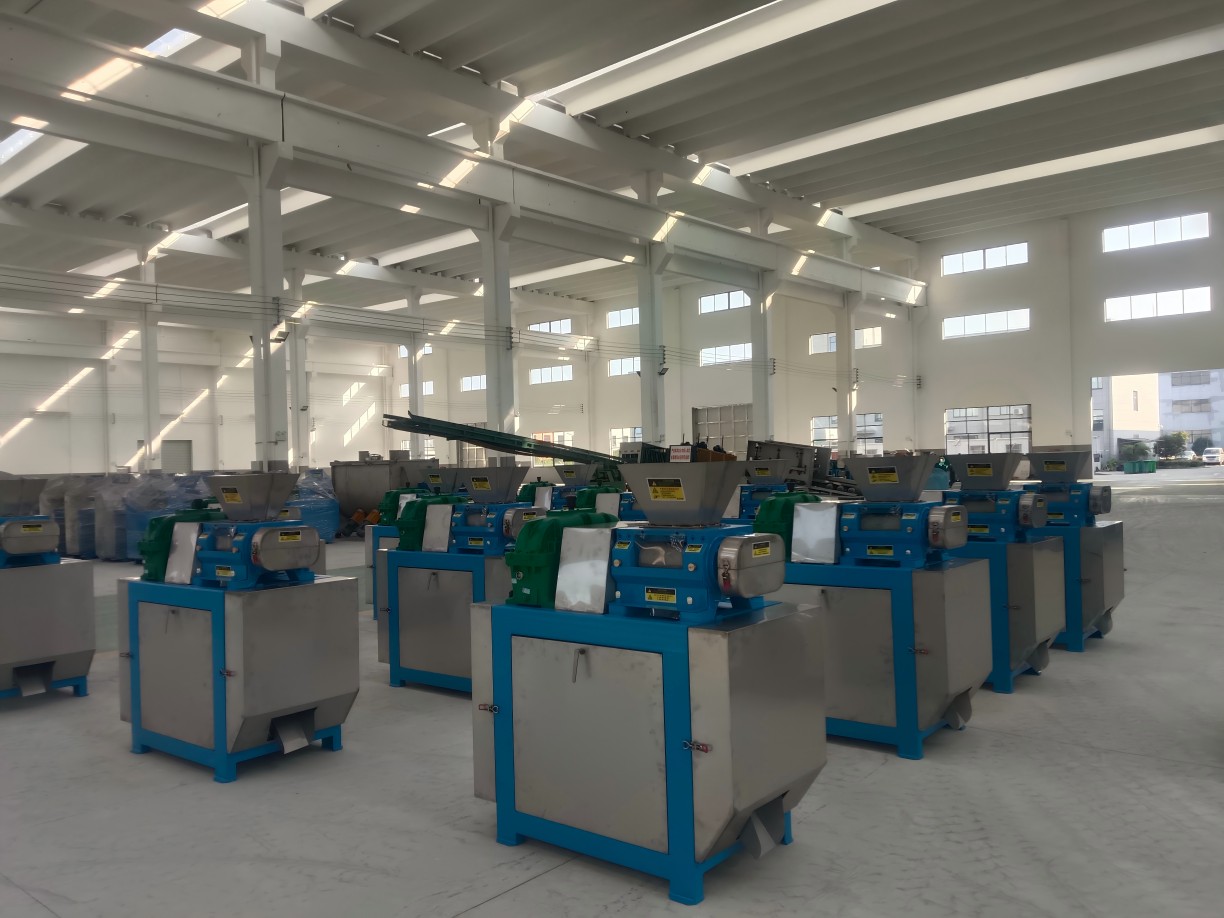UREA CRUSHER
Urea crushers use the combined forces of compression and shearing generated by two counter-rotating rollers to efficiently reduce the size of the urea particles. Commonly used in fertilizer production lines, this crusher ensures uniform particle size distribution, crucial for optimal fertilizer application. Additionally, it supports high-capacity operations and can be integrated into various production processes, making it an essential tool for improving product quality and production efficiency. This crushing equipment is especially useful in handling urea-based fertilizers, where consistent particle size is important to enhancing performance.
SPECIFICATIONS
| Model | NPS600 | NPS800 | NPS1000 |
| Production capacity (t/h) | 2-3 | 3-5 | 5-8 |
| Feeding size (mm) | ≤5 | ≤5 | ≤5 |
| Final size (mm) | 0.2-0.5 (some are less than 0.2) | ≤0.2-0.5 (some are less than 0.2) | ≤0.2-0.5 (some are less than 0.2) |
| Rev. (r/min) | 800-1000 | 800-1000 | 800-1000 |
| Motor power (kW) | 5.5*2 | 7.5*2 | 11*2 |
FAQ
How to choose the right fertilizer production equipment for my plant?
Choosing the right equipment for your fertilizer production project starts with understanding your production needs. Here are a few key questions that help narrow down the best options:
- What type of raw materials are you working with?
- Do you aim to produce powdered or granular fertilizer? What specific characteristics should the final product have?
- What is the desired output capacity for your production line?
- What are the local environmental conditions, such as temperature and material moisture levels?
- What heat source will your drying equipment rely on?
Once we have this information, we can recommend the most suitable fertilizer processing equipment and production line for your needs.
Why does the granular fertilizer produced by my production line tend to clump?
Clumping is a common issue in fertilizer production, usually caused by moisture, temperature, and pressure. If the fertilizer you are planning on producing has a high moisture content, it could lead to clumping, which might mean your drying equipment isn’t performing optimally. Similarly, high temperatures can make the granules more prone to sticking together, which is why cooling equipment is often used after the drying process. Lastly, high pressure in the fertilizer production line can increase the surface area of the granules, making them more susceptible to chemical reactions that cause clumping.
Related Products
Contact us now
To Learn About Our Fertilizer Production Lines
Mobil/Whatsapp
086-17715506502
karen@yrcexport.cn
















